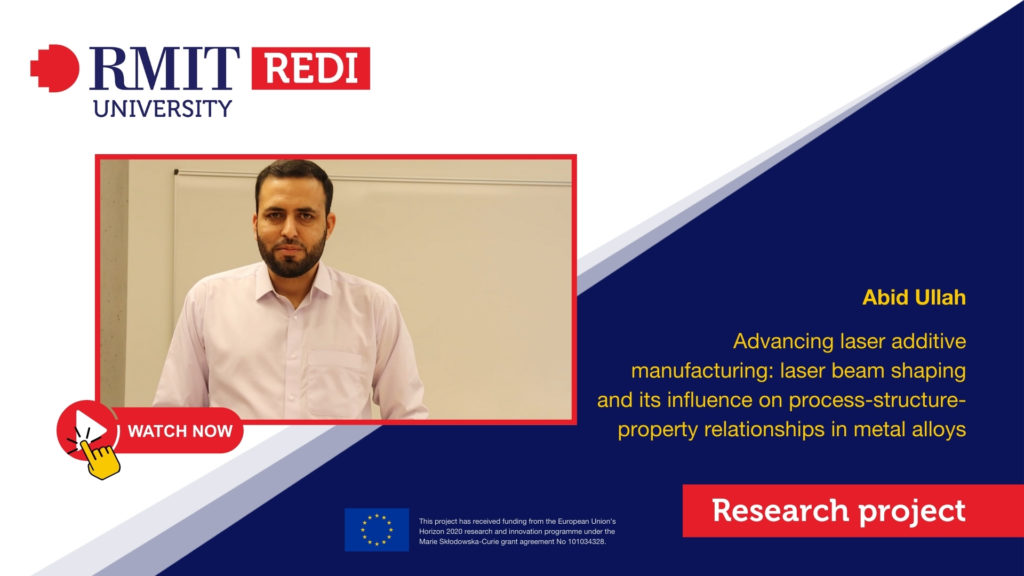Laser powder bed fusion (LPBF) is an additive manufacturing (AM) technique widely adopted in the aerospace and automobile industries for producing complex metallic components. However, several barriers are preventing the widespread industrial use of laser AM for metallic materials, despite significant advancements and many promising potential applications. One of the most critical challenges is the structural defects and uncertain quality of the finished products. Most industrial LPBF systems use a fibre-based laser source that produces a laser beam with a Gaussian beam distribution. However, the traditional Gaussian laser beam shape used in LPBF procedures has intrinsic limitations that might affect the end product’s quality and properties.
To produce parts with controlled defects and desired properties, understanding the process-structure-property (P-S-P) correlation is important. In addition to research on materials, researchers have mainly focused on optimising process parameters such as laser power, scan strategy, hatch distance, and scan speed. However, less attention has been given to the investigation of laser beam shaping. Laser beam shaping, which modifies the intensity profile before interacting with the powder bed, may significantly impact the final product’s melting behaviour, microstructure, and mechanical properties. Considering the number of process parameters that impact the LPBF process, correctly evaluating their influence on resulting properties remains a challenge.
To achieve high-quality LPBF-fabricated metallic components, optimal process parameters along with a suitable beam profile that generates the desirable microstructure and surface morphology with the fewest process-induced defects must be determined. This project aims to extensively investigate the process-structure-property relationship in Ti-6Al-4V alloy and further advance the LPBF process, with a particular focus on the influence of laser beam profiles on the build rate, microstructure, and mechanical properties of the final product.
The project initially involves the manufacture of single tracks and density cubes, employing diverse process parameters and three distinct beam profiles (standard Gaussian, Top-HAT, and Donut beam profiles). The analysis will encompass aspects such as appearance, melt track size, density, grain size and distribution, surface roughness, formation of porosity, and other defects. Additionally, the study will later correlate the produced microstructures with the mechanical properties of the samples, providing a comprehensive understanding of the relationship between manufacturing parameters and material performance. This project work may also extend its scope to examine alternative materials, such as AlSi10Mg, to enhance the comparison of beam profile effects on diverse materials.
Watch a video about Abid’s project:
